Abstract
Colombia’s vegetable production is diverse, and in recent years a particular trend has been the production of lettuce. According to data for 2022, lettuce had the largest production volume, recording 122kt. This is thought to be due to increasing consumer demand within Colombia and climatic conditions that are suitable for growing lettuce. Lettuce is mainly grown in cool highlands, and a large area is reserved for land use. On the other hand, the production volume of tomatoes is divided according to their use, with the main uses being for eating raw and for processing. Tomato production is strongly influenced by local food culture, and demand for tomatoes for processing in particular is increasing with the expansion of urban areas and export markets. In terms of land use, high-quality agricultural land is often used for tomato cultivation. In general, vegetable production in Colombia is flexible and changes according to the climate and market trends, and production is carried out to meet changing consumer needs. In recent years, as interest in ecology and sustainable agriculture has grown, new approaches to land use and production methods are also required.
Production (by vegetables)
Looking back at the history of vegetable production in Colombia, there have been some notable fluctuations between 1961 and 2022. Of particular note is that cabbage production peaked in 1981 at 462kt. During this period, cabbage was widely cultivated as a staple vegetable in the country and demand was likely very high. However, in recent years, cabbage production has declined significantly from its peak, with production volume in 2022 standing at just 9.18% of its peak. The reasons for this decline include changes in consumer tastes and a shift in demand to other vegetables, as well as the diversification of crops grown as a result of more efficient agricultural management. In addition, production volumes of vegetables other than cabbage also fluctuate depending on climate change and market demand. Demand for some vegetables, particularly lettuce and tomatoes, has increased as consumption has diversified. In recent years, with growing health consciousness and the advancement of urbanization, the demand for vegetables for salads and processed foods has been increasing. Overall, vegetable production in Colombia is changing in response to changing demand and economic factors, and efforts are underway towards more efficient production and market diversification.
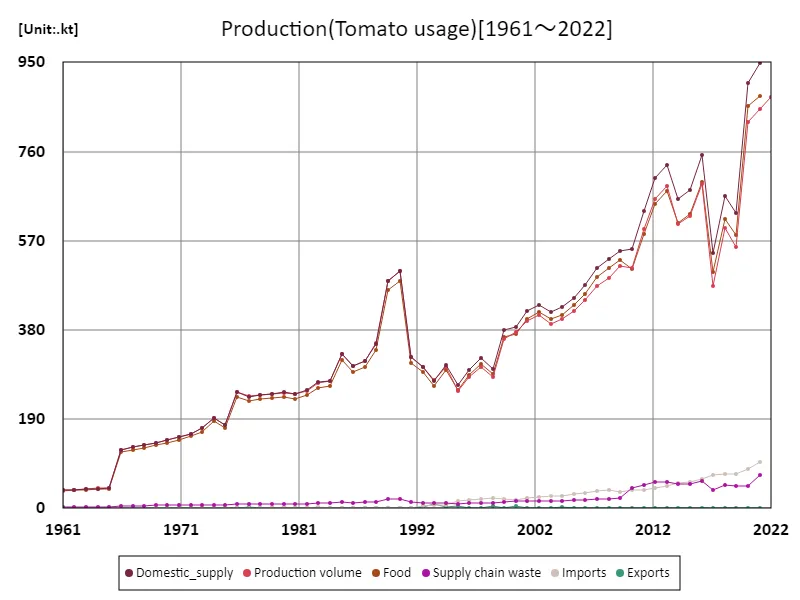

The maximum is the latest one, 949kt of Domestic_supply
Yield(by vegetable)
The tomato trend in Colombian vegetable production has shown a notable change in recent years. The tomato production volume of 65.7 t/ha recorded in 2019 was the highest ever recorded, demonstrating the importance of tomatoes in Colombian agriculture. This peak is thought to be due to the development of highly productive varieties and advances in cultivation techniques, particularly the expansion of cultivation in areas with suitable warm climatic conditions. However, tomato production has since declined to 77.4% from its peak, a trend that is due to several factors. The main factors include changes in market demand and oversupply, as well as fluctuations in agricultural policies and the production environment. In particular, diversification of domestic consumption and changes in demand on external markets (especially tomatoes for processing) had an impact. Additionally, disease problems in tomato cultivation and increased production costs are also cited as factors contributing to the decline in yields. Nevertheless, Colombia remains a major tomato producing country and supplies remain stable through adjustments in tomato production techniques and markets. In the future, improving productivity and selecting appropriate cultivation methods in response to market needs will continue to play an important role in the sustainability of tomato production.
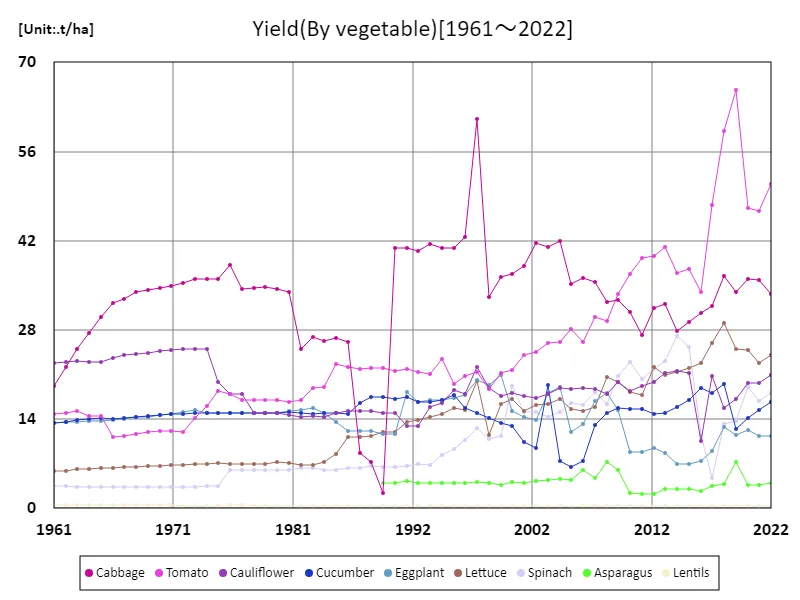

The maximum is 65.7t/ha[2019] of Tomato, and the current value is about 77.4%
Land use (by vegetables)
Looking at land use data for vegetable production in Colombia in 2022, tomatoes occupy the largest amount of land, covering an area of 17.2 kha. This figure shows that tomatoes are a very important crop in the country, with production catering to both domestic consumption and processing demand. Tomatoes, in particular, grow well in warm climates, so they are widely cultivated in many regions of Colombia and their production scale is stable. On the other hand, the average land use area is 3.65 kha, which suggests that production of vegetables other than tomatoes is relatively small-scale. Other vegetables, such as cabbage and lettuce, are grown intensively in certain areas, but they rarely require as large an area as tomatoes, so land use is dispersed. The total land use is 32.9 kha, which shows that Colombian agriculture produces a variety of crops on a relatively small amount of land for vegetable cultivation. This trend reflects more efficient land use due to urbanization, changing markets and improved production technologies. Going forward, agricultural efficiency and sustainable land use adjustments will play an important role in the growth and development of agriculture in Colombia.
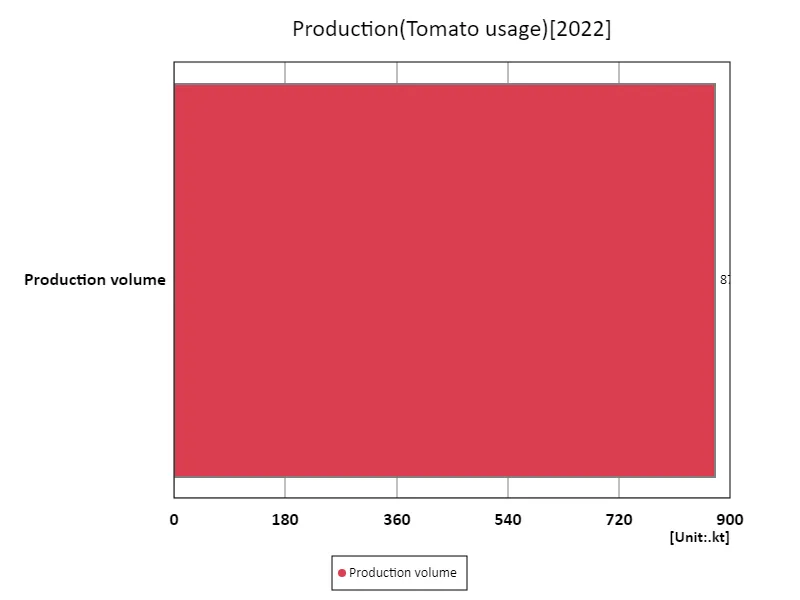

The maximum is 875kt of Production volume, the average is 875kt, and the total is 875kt
Tomato usage
According to data from 1961, the largest use of tomatoes in Colombia was for domestic supply, with a very high production volume of 949 kt recorded. Given this, we can see that Colombian tomato production has always been primarily aimed at domestic consumption. In addition to being eaten raw, tomatoes were also in demand as processed foods (tomato sauce, ketchup, etc.), and are thought to have met a wide range of needs in the domestic market. The background to tomato production during this period was that domestic agricultural production placed importance on food self-sufficiency, and tomato consumption increased with the progress of urbanization. This maximum in domestic supply set a subsequent trend, maintaining the tomato’s long-term importance in Colombian agriculture. In recent years, tomato production has become more diverse, with demand for tomatoes for processing in particular increasing. In addition to domestic consumption, the market for processing is expanding, and tomato production volume is stable. However, compared to the peak in 1961, production volumes and usage ratios have fluctuated slightly due to changes in consumption trends and advances in agricultural technology. Colombia’s tomato production will continue to require efficient and sustainable production methods to reflect the needs of the domestic market and the growth of the processing industry.
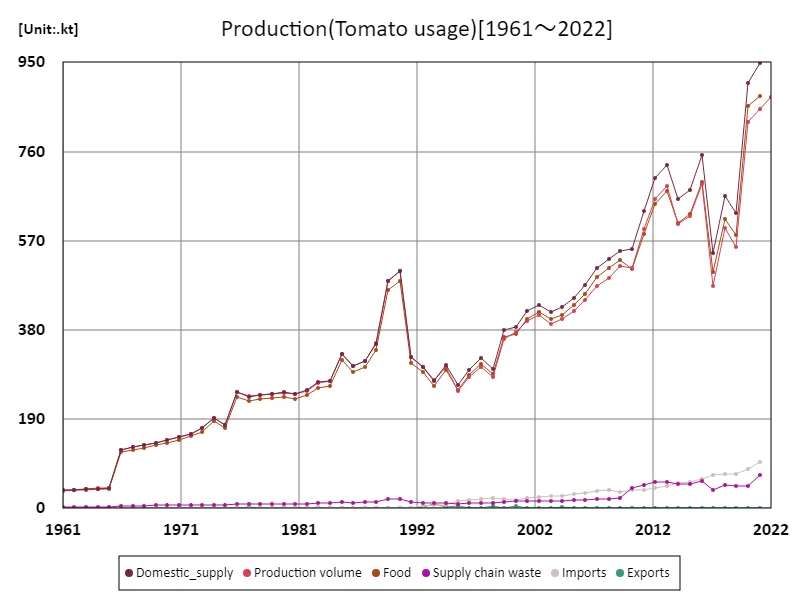

The maximum is the latest one, 949kt of Domestic_supply
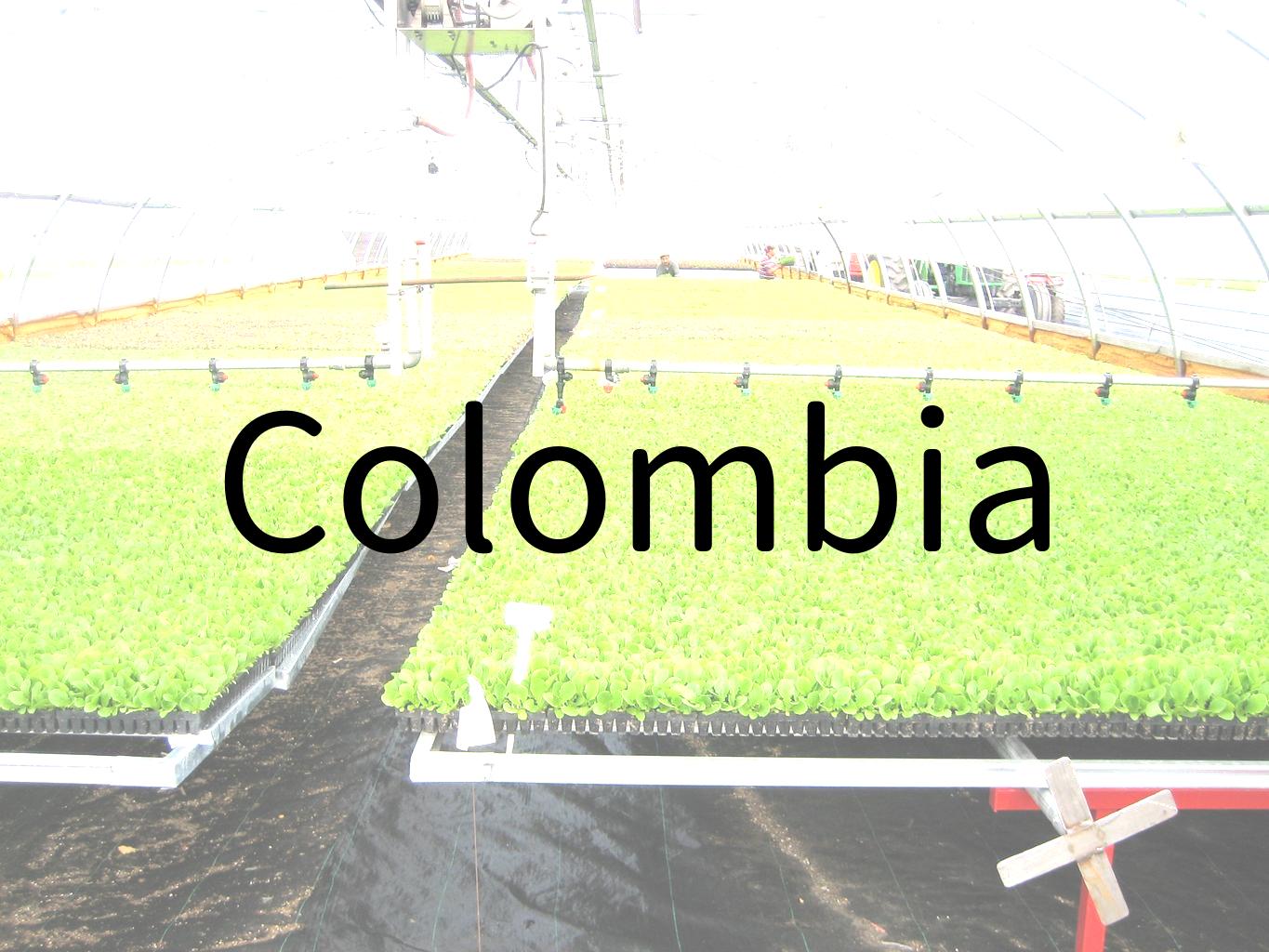


Comments